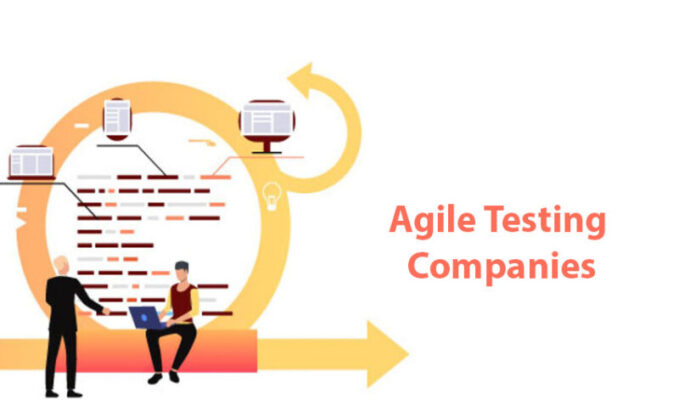Defect tracking systems play an important role in the software development organizations as they let different users across the board – including (developers, customers, testers, etc.) – to communicate with each other to ascertain that they have the same perception of the problems in the software. In addition to that, since the defect tracking software stores historical data about the defects and problems, the development team is able to keep track of the previous bugs and improve their product by learning from those problems during the development process. The integration of defect tracking systems in the initial phases of software development ensures better quality products, cost efficiency, and timely delivery of the project.
Bug Tracking Software for Efficient Operations
Quick identification, reporting, and fixing of the defects in the software are pivotal for the effective operations of the organization. By enabling the automation of monitoring and tracking of defects along with the task management, backlog management, workflow management, and ticket management, the defect tracking software improves the business efficiency and fuels the growth potential.
The proficient defect tracking system distinctly contributes to the enhancement of the software quality and lessens the project development costs. The systematic approach of defect tracking tools makes the discovery and resolution of the errors in the system and the non-conformance to the requirements easier. Through the process of ‘shadowing’, this tracking tool allows the developers or testers to catch the defects in the software in the initial phases before they snowball into much larger and untraceable errors. Furthermore, armed with this tool, the development team can also identify and report the potential weaknesses and defects in the system in the early stages and acts as a catalyst for potential vulnerabilities that have to be addressed.
Software Quality Costs linked with Defect Tracking
Research states that despite large sums of investment in software development, a majority of the projects do not survive in the market owing to the overrun of project costs. Considering that the software quality costs is a significant component of the project costs, it is stated that the costs of a single post-release defect can be as high as $20,000 to $40,000 in a large business.
These are the costs that are usually associated with discovering, preventing, and correcting costs. These include;
Prevention Costs – the costs of activities and efforts that are designed to prevent design errors, coding errors, and defects in the user manual
Appraisal Costs – the cost of activities designed to discover and identify errors through code review, code inspections, and testing of software quality
Failure Costs (Internal and External) – the costs that the organization has to bear from the release of poor quality software, including the cost to fix the errors or the cost to actually deal with the customer complaints. Wasted time, overtime costs, and the costs of the missed milestones are the internal failure costs that arise before the release of the software in the market. Whereas, the external failure costs can be monumental in comparison to the internal costs, not only because of the financial costs but also because the reputation of the company is also at stake. These usually include the cost of customer service or the cost to deliver a patch in the market for faulty software.
Read Dive is a leading technology blog focusing on different domains like Blockchain, AI, Chatbot, Fintech, Health Tech, Software Development and Testing. For guest blogging, please feel free to contact at readdive@gmail.com.





